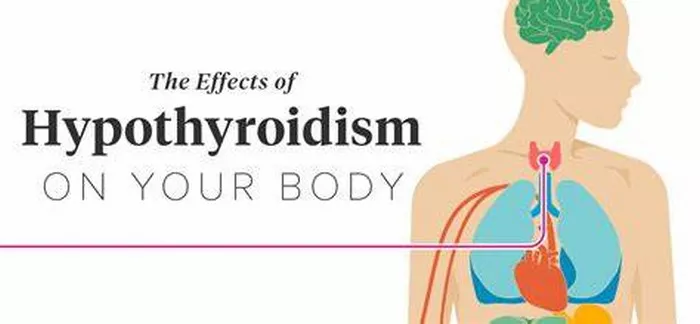Hypothyroidism, a condition where the thyroid gland does not produce enough thyroid hormone, can have various effects on the body’s metabolism and overall health. One significant consequence of hypothyroidism is the development of hyperlipidemia, an elevation of lipids (fats) in the blood. This article explores the relationship between hypothyroidism and hyperlipidemia, delving into the underlying mechanisms and clinical implications of this association.
Understanding Hypothyroidism and Hyperlipidemia
Before delving into the connection between hypothyroidism and hyperlipidemia, it’s crucial to understand each condition individually.
1. Hypothyroidism: The thyroid gland, located in the neck, is responsible for producing thyroid hormones, primarily thyroxine (T4) and triiodothyronine (T3). These hormones play a crucial role in regulating metabolism, energy production, and various bodily functions. When the thyroid gland is underactive and produces insufficient thyroid hormones, it leads to hypothyroidism.
2. Hyperlipidemia: Lipids, including cholesterol and triglycerides, are essential components of cell membranes and play a vital role in various physiological processes. However, elevated levels of lipids in the blood, known as hyperlipidemia, can contribute to cardiovascular diseases such as atherosclerosis, heart attacks, and strokes.
The Link Between Hypothyroidism and Hyperlipidemia
Several factors contribute to the development of hyperlipidemia in individuals with hypothyroidism:
1. Decreased Lipid Clearance: Thyroid hormones play a crucial role in lipid metabolism by enhancing the clearance of lipids from the bloodstream. In hypothyroidism, the reduced levels of thyroid hormones lead to decreased lipid clearance, contributing to elevated lipid levels in the blood.
2. Altered Lipoprotein Profile: Thyroid hormones influence the production and metabolism of lipoproteins, which transport lipids in the bloodstream. In hypothyroidism, there is a shift towards the production of low-density lipoprotein (LDL) cholesterol, often referred to as “bad” cholesterol, which is associated with an increased risk of cardiovascular disease.
3. Impaired Lipolysis: Lipolysis is the process of breaking down stored fats into fatty acids for energy production. Thyroid hormones stimulate lipolysis, and reduced thyroid function in hypothyroidism can lead to impaired lipolysis, contributing to elevated lipid levels.
4. Insulin Resistance: Hypothyroidism is often associated with insulin resistance, a condition where cells become less responsive to insulin, leading to elevated blood sugar levels. Insulin resistance can also affect lipid metabolism, contributing to hyperlipidemia.
Clinical Implications and Management
The association between hypothyroidism and hyperlipidemia has important clinical implications, especially regarding cardiovascular risk assessment and management. Individuals with hypothyroidism should undergo regular lipid profile testing to monitor their lipid levels.
Management strategies for hyperlipidemia in patients with hypothyroidism may include:
1. Thyroid Hormone Replacement Therapy: The cornerstone of hypothyroidism treatment is thyroid hormone replacement therapy, which aims to restore thyroid hormone levels to normal. Properly managed thyroid hormone replacement can help improve lipid profiles in patients with hypothyroidism.
2. Lifestyle Modifications: Adopting a healthy lifestyle, including a balanced diet, regular exercise, smoking cessation, and limiting alcohol intake, can help improve lipid levels and reduce cardiovascular risk in individuals with hypothyroidism and hyperlipidemia.
3. Medication: In some cases, lipid-lowering medications such as statins may be prescribed to manage hyperlipidemia and reduce the risk of cardiovascular events in patients with hypothyroidism.
4. Regular Monitoring: Close monitoring of lipid levels, thyroid function, and cardiovascular risk factors is essential in the long-term management of individuals with hypothyroidism and hyperlipidemia.
Conclusion
Hypothyroidism and hyperlipidemia are interconnected conditions with complex mechanisms underlying their association. Understanding the link between these conditions is crucial for effective management and reducing the risk of cardiovascular complications in affected individuals. Regular monitoring, thyroid hormone replacement therapy, lifestyle modifications, and medication when necessary are key components of managing hyperlipidemia in patients with hypothyroidism.


